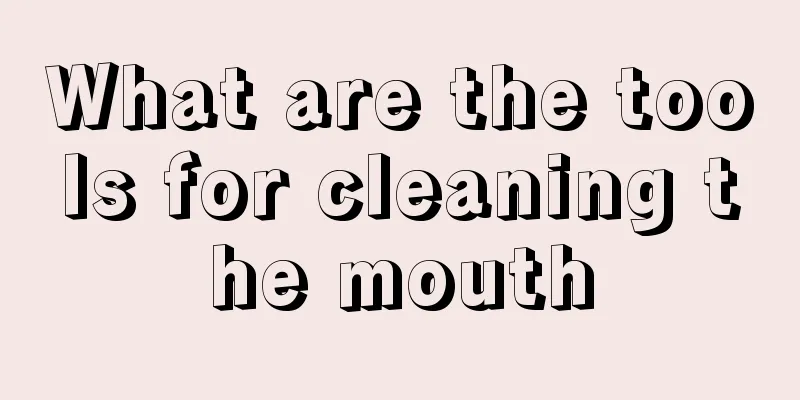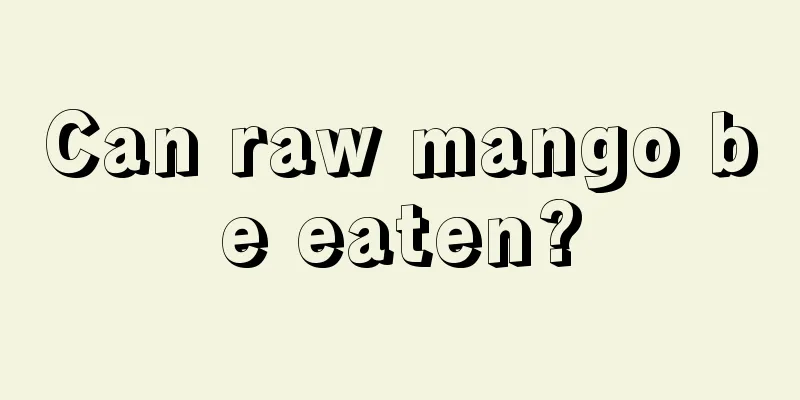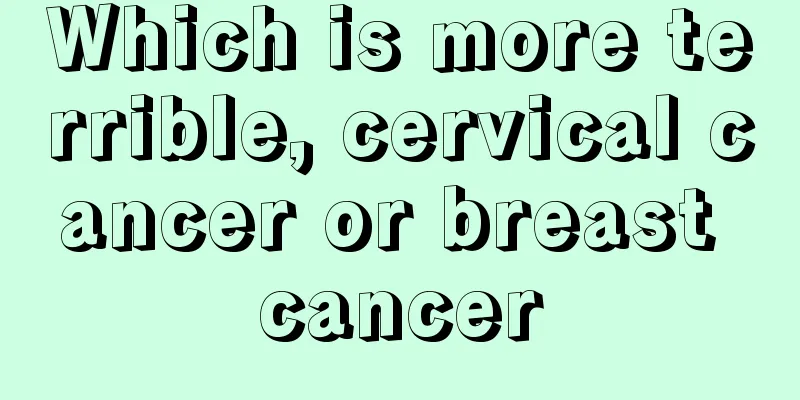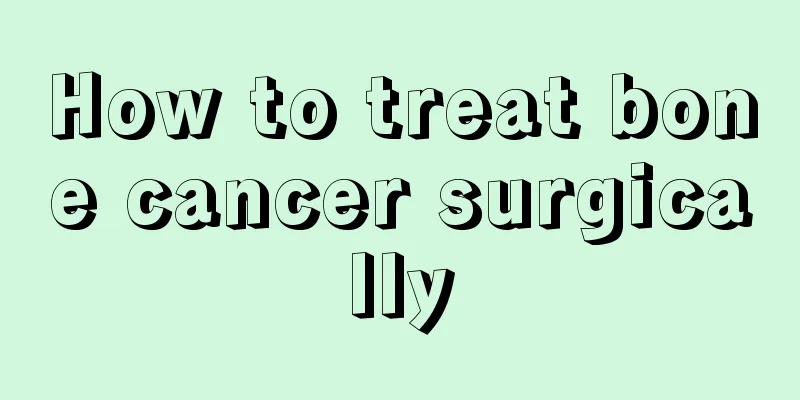What are the tools for cleaning the mouth

|
With the development of society, people are making more and more delicious food. There are many sweets that will harm our teeth, and over time they will cause various oral diseases. Now not only middle-aged and elderly people have oral diseases, but more and more young people also have oral diseases. This is a very worrying thing. At this time, we need tools to clean the mouth. So what are the tools for cleaning the mouth? Let me briefly introduce them to you. 1. Toothbrush: There are many types of toothbrushes, including wavy, curved, super soft, hard bristle, etc. Generally speaking, dentists recommend the following toothbrushes: 1. The toothbrush head is small, making it easier to brush the inner corners of the mouth and the teeth. How long does it take to get a half-mouth dental implant? 2. The gaps between the bristles of the toothbrush are large, which is better for cleaning the surface of teeth and deep into the gaps between teeth. 3. Three vertical rows and six horizontal bundles. Unless you are a patient with oral mucosal diseases or periodontal diseases, generally speaking, you do not need to use extra-soft toothbrush bristles to clean your teeth. In fact, in addition to choosing a good toothbrush, the force of brushing is also very important. Some people brush their teeth in a violent way, which causes the atrophy of the oral gums, wear of the tooth neck and pain caused by cold and heat. The general shelf life of a toothbrush is to replace it every two to three months. As for the way to brush your teeth, you can use the Bayesian method. You can bring a toothbrush and ask your dentist for the correct way to brush your teeth. The appropriate size of the toothbrush is to place the brush head horizontally, about two to three teeth away from your front teeth. If an adult has a smaller mouth, they should use a children's toothbrush and brush with a force of 110g. People who are prone to vomiting when brushing their teeth should also use a children's toothbrush. 2. Toothpaste: There are additives such as sea salt, fluoride, chlorophyll, etc. Generally, toothpaste contains fluoride to prevent tooth decay. As for other additives such as zinc, tin, hydroxyapatite, etc., they are mainly used for desensitization. 3. Dental floss: Generally divided into two types: waxed and non-waxed. The most important thing about dental floss is the method of operation. Improper operation can easily scratch the gums. Therefore, dental floss should be operated correctly under the guidance of a dentist to make it work. Dental floss is used after meals. In addition to people with orthodontic treatment, irregular teeth, and crowded teeth, it is more inconvenient to use dental floss. Dental floss sticks, interdental wires, and interdental brushes (used for large gaps between teeth, also portable) are also tools for cleaning gaps between teeth that are as easy to use as dental floss. Dental floss should be selected based on its softness and elasticity. Dental bridge wires are used for a whole row of dentures, and toothpicks are used for large gaps between teeth or as substitutes when dental floss is not available. The correct way to brush your teeth varies from person to person. The Bayes method can provide more than 80% of people with the correct way to brush their teeth. Brushing your teeth is not just about brushing your teeth. The gums are also the focus of cleaning. If you want to know whether your brushing method is correct or whether there is dental plaque, you can use it with a plaque indicator. The frequency of brushing your teeth should be based on a certain number of times. In fact, the frequency of brushing your teeth can only be increased, not reduced. Generally, it is based on brushing after three meals and before going to bed (four times). It is best to brush your teeth after each meal. Reducing the frequency will make the oral bacteria unbalanced. In addition to brushing the teeth and gums, the tongue should also be brushed clean to avoid the accumulation of dental plaque on the tongue. In fact, rinsing your mouth can only remove large food residues and rice grains, but it has no effect on dental plaque, bacteria, etc. Through the above detailed introduction of the tools for cleaning the mouth and the operating steps of the methods for cleaning the mouth, I believe everyone has a certain understanding of the tools and methods for cleaning the mouth. In daily life, try to eat less irritating food, do not drink too much ice water and beverages at one time, clean the mouth in the morning and evening, and establish the correct concept of oral health care. |
<<: How to protect oral hygiene
>>: What are the effects of lumbar traction?
Recommend
How to remove the black spot caused by pencil puncture
Pencil is a common tool pen and is more commonly ...
Sebaceous adenoma symptoms and how to treat it?
Sebaceous adenoma is what our director calls seba...
When should the flu vaccine be given?
Every time the seasons change, some elderly peopl...
What are the most important early symptoms of brain cancer
There are many brain diseases, and the most serio...
What are the main procedures for Japanese encephalitis vaccine?
Japanese encephalitis is relatively common in our...
Where is the root of the nose
The nose is located in the center of the human fa...
The correct way to use facial mask cream
Facial mask cream is a skin care product applied ...
Tips to effectively remove surgical scars, you deserve it!
Surgical scars generally refer to a type of hyper...
What to do if there is no nose tip
Love of beauty is human nature. For a person, it ...
When is the best time to brush your teeth?
I believe everyone will feel confused when seeing...
How to learn to skate
As for ice skating, it is an ice sport that frien...
How can men eat to prevent prostate cancer? What foods can prevent prostate cancer?
Prostate cancer is a type of malignant tumor with...
Is it effective to treat frozen shoulder with injection?
Whether blocking injections for frozen shoulder a...
Do I have to take Chinese medicine continuously?
Once the body needs Chinese medicine to slowly re...
Which foods can help prevent liver cancer? 7 foods can prevent liver cancer
Being busy with work and staying up late to work ...









